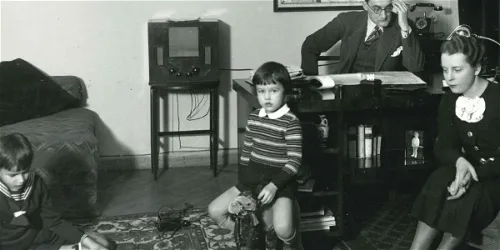The House of Signatories and its collection
The House of Signatories uses traditional and contemporary techniques to present modern Lithuania’s path to statehood – from the mid-19th century to the seminal event of the signing of the February 16th Act of Independence. President Antanas Smetona’s gold pen, a gift he received on his name day; president Aleksandras Stulginskis’s “Zenith” brand watch, which ticked as the Act of Independence was being signed, while Stulginskis served as president, and during the time he spent in deportation in Siberia; you will hear the first audio recordings made in Lithuania – folk songs recorded by Jonas Basanavičius – as well as recordings of the Signatories themselves speaking about 16 February 1918; long-time Lithuanian ambassador to France Petras Klimas’s tuxedo, a memento of his many years of his diplomatic service and attended functions; an original 1900 flag of the Union of Lithuanians in America, by Jonas Šliūpas; a stuffed Eurasian Eagle-Owl that was raised by Jonas Basanavičius.
History & Anthropology Historic house









